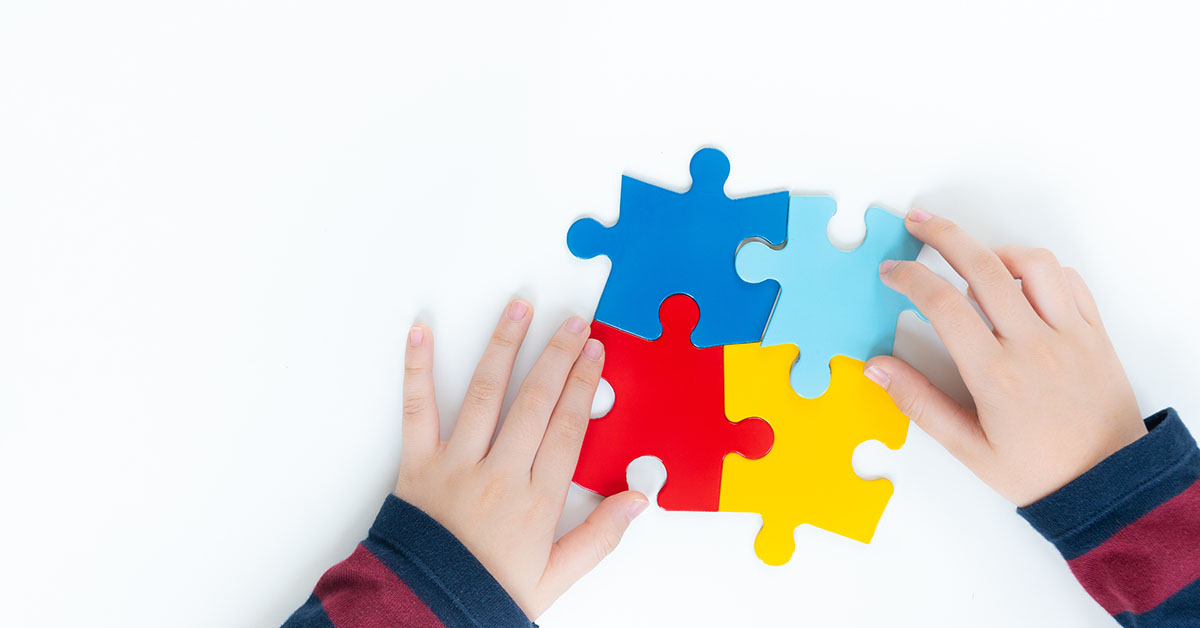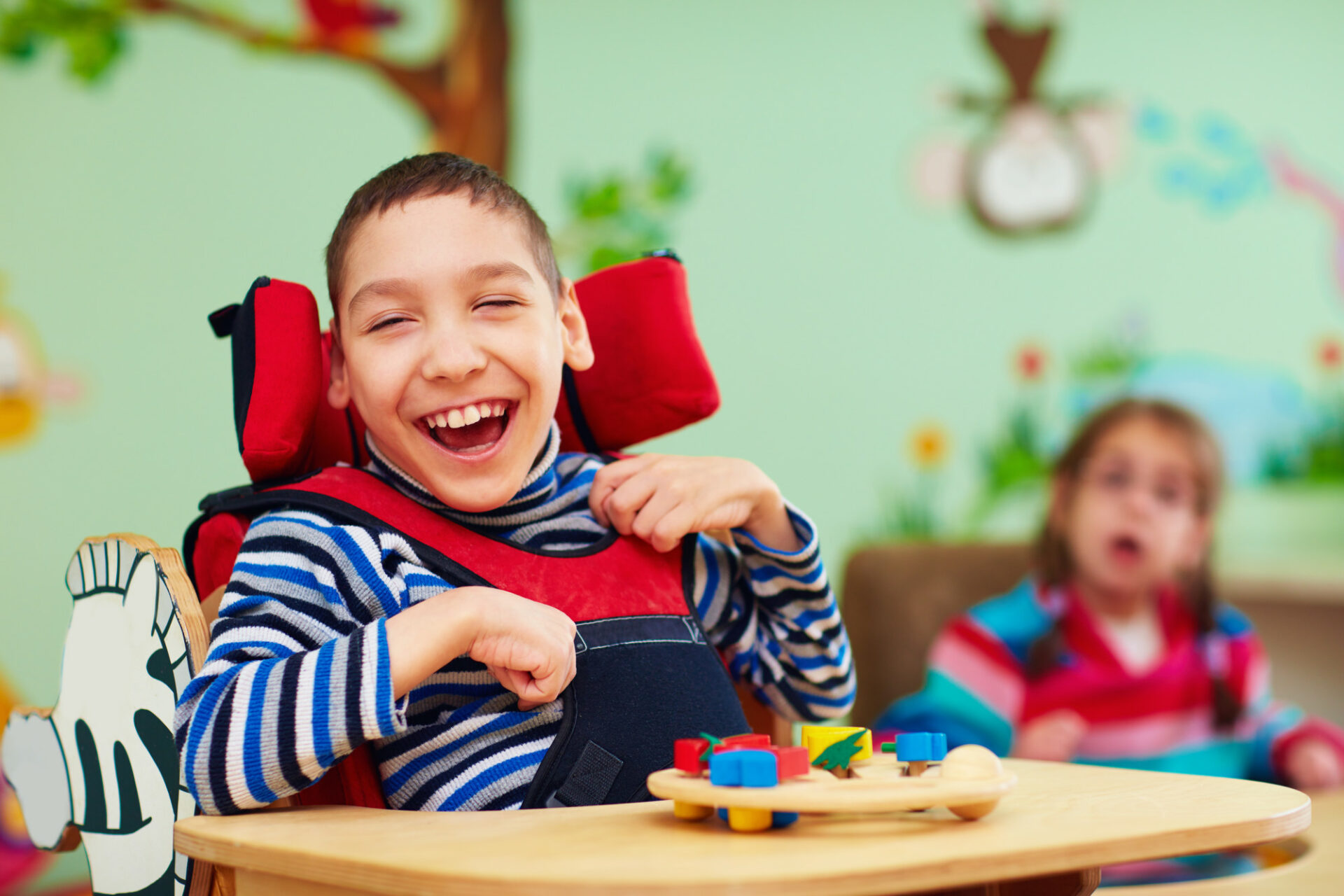The Role of Education in Supporting Students with Autism: Best Practices
Checking Out Autism: Techniques for Efficient Interaction and Interaction
Effective interaction and interaction with people on the autism spectrum demand an extensive understanding of their special requirements and preferences. The details of these methods reveal further factors to consider that warrant exploration, specifically in just how they can be adapted to varied contexts and private experiences.
Understanding Autism Range Disorder
Autism Range Problem (ASD) includes a range of neurodevelopmental problems characterized by difficulties in social interaction, interaction, and recurring behaviors. The term "spectrum" mirrors the diverse symptoms and differing degrees of intensity experienced by individuals with ASD. While some might exhibit significant disabilities, others might show high-functioning characteristics, permitting for higher freedom in life.
The beginning of ASD normally happens in very early youth, with indications often recognizable by age two. Early signs may include postponed speech advancement, minimal eye call, and problems in understanding social cues. The precise etiology of ASD stays vague, study recommends a mix of ecological and genetic aspects plays a vital role in its advancement.
People with ASD typically have one-of-a-kind strengths, such as increased focus to detail and extraordinary memory skills. Nevertheless, they may fight with comprehending abstract principles and handling changes to regular. Because of this, interventions and support tailored to private demands are crucial for cultivating interaction and social skills. Acknowledging the intricacy of ASD is vital for promoting awareness, approval, and reliable approaches that facilitate meaningful communications with people on the spectrum.

Relevance of Clear Communication
Effective interaction is crucial for fostering understanding and connection, especially for people with Autism Range Problem (ASD) Clear communication not only assists in social communications but additionally boosts the individual's capacity to share their requirements, thoughts, and feelings. For individuals with ASD, the subtleties of language can typically be testing; consequently, using unambiguous and straightforward language is crucial.
Moreover, clear communication helps in reducing disappointment and anxiety that might arise from misunderstandings. When messages are conveyed in a direct and regular manner, individuals with ASD are much better furnished to analyze information precisely, which can significantly boost their social engagement and engagement in numerous settings.
Developing regimens and utilizing visual assistances can even more bolster clear interaction. These methods provide people with foreseeable structures that help comprehension and retention of information. Additionally, actively paying attention and being patient during communications promotes a supportive atmosphere where people with ASD really feel valued and comprehended.
Eventually, focusing on clear communication not only empowers people with ASD but likewise cultivates even more purposeful connections with their peers, caregivers, and the bigger community, paving the means for inclusive interactions and collaborative relationships. - autism
Non-Verbal Interaction Techniques
Interaction expands past words, and for individuals with Autism Spectrum Problem (ASD), non-verbal signs play a significant role in communications. Non-verbal communication techniques can include facial expressions, motions, body language, and eye get in touch with, all of which offer as vital parts for conveying objectives and emotions.
Understanding and interpreting these non-verbal signals can enhance communications with people with ASD. A warm smile or open position can create an inviting environment, motivating engagement. Similarly, using aesthetic help-- such as picture cards or symbols-- can link communication gaps and aid share messages a lot more efficiently.
It is also important to be conscious of personal room, as people with ASD may have various comfort degrees pertaining to distance. Observing their reactions to physical nearness can inform ideal changes.

Creating Supportive Settings
Producing a supportive setting is important for fostering favorable communications and enhancing the health of people with Autism Spectrum Problem (ASD) Such atmospheres can considerably reduce stress and anxiety and create a feeling of safety, permitting individuals to share themselves much more openly.
To accomplish this, it is important to take into consideration sensory sensitivities that people with ASD may experience. Customizing the physical room to include soft lights, minimal history sound, and comfortable seats can create a soothing ambience. Furthermore, making use of consistent regimens and clear aesthetic routines can aid individuals expect changes and reduce unpredictability, more promoting convenience.
Social rooms should be structured to lessen frustrating stimuli while offering possibilities for engagement in favored tasks. Promoting areas assigned for peaceful time can additionally work as a sanctuary throughout minutes of stress. Significantly, integrating components of selection empowers individuals, enabling them to work out firm in their atmosphere.

Encouraging Social Interactions
Cultivating social interactions among people with Autism Spectrum Problem (ASD) needs intentional approaches that focus on convenience and involvement. Establishing foreseeable routines can help in reducing stress and anxiety, making social setups extra approachable. Creating organized atmospheres with defined duties and responsibilities enables people to engage without the overwhelming stress of disorganized social characteristics.
Including interests and staminas right into social tasks can work her latest blog as a stimulant for communication. Organizing team tasks around shared leisure activities or subjects of fascination can assist in all-natural discussions and links. Furthermore, making use of visual supports, such as photographic routines or social scripts, can aid in understanding social cues and assumptions.
Modeling ideal social behaviors is vital - autism. Adults and peers need to show efficient interaction methods, consisting of active listening and turn-taking. Role-playing situations can likewise give a risk-free room for individuals to practice these abilities
Lastly, promoting peer relationships through inclusive techniques is necessary. Encouraging inclusive playdates or group trips can create chances for socialization in a comfortable setup. By implementing these caretakers, teachers and strategies can considerably enhance social communications for people with ASD, promoting their overall social growth and health.
Verdict
Finally, efficient communication and communication techniques are essential for supporting individuals with Autism Spectrum Condition. Emphasizing clear language, integrating non-verbal signs, and developing foreseeable regimens considerably boost interaction and lower anxiousness. Producing supportive atmospheres cultivates secure social interactions, while encouraging shared interests facilitates meaningful connections. Ultimately, these methods encourage people with autism to navigate social landscapes, advertising their total well-being and making it possible for the development of lasting connections.
Reliable interaction and communication go to my blog with people on the autism range require a comprehensive understanding of their unique needs and preferences. Clear interaction not only helps with social communications but additionally boosts the individual's capacity to reveal their emotions, ideas, and requirements.Fostering social interactions among individuals with Autism Spectrum Condition (ASD) calls for willful methods that focus on convenience and interaction. By implementing these caregivers, strategies and educators can considerably boost social communications for people with ASD, promoting their general social development and well-being.
In verdict, effective interaction and communication approaches are necessary for these details supporting people with Autism Range Problem.